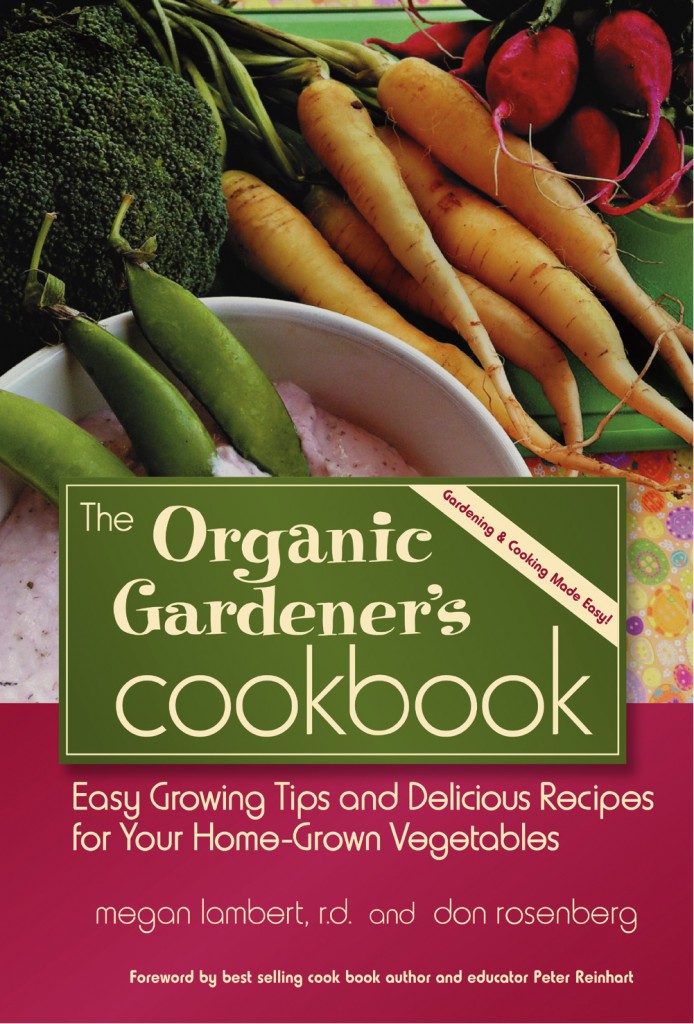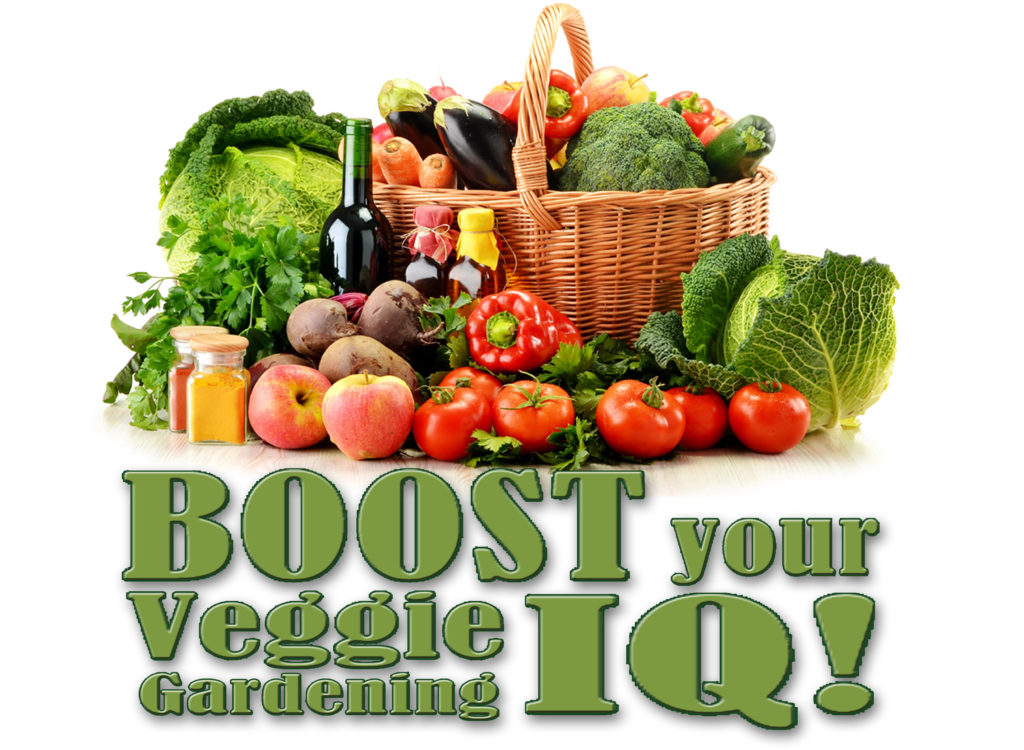Gardening Basics
Intensive Planting
The goal is to generate the highest possible yield over the longest possible period of time. One way to do this is “intensive planting,” which is planting more densely than normal. Because the soil we will use is extremely fertile, plants can grow much more closely together than in a normal row garden. If the seed package says “space seeds 12? apart in rows 18? apart, I plan for plants to grow in blocks 6? to 8? apart. The roots grow down instead of out.
Succession Planting
As one crop comes out, another is put in. This keeps the soil from being bare and open to weeds. It’s the best use of small space and fertile soil. If you’re heading into another cool season and your crop is starting to decline, you can always plant some more seeds and start your next season’s crop. Thin out your remaining plants to one per square foot, smooth out the soil, and plant another batch of seeds.
Companion Planting
Organic gardeners know and horticultural scientists have proven that certain plants are happier when grown together. Some plants, like those in the onion family, (garlic, leeks, shallots, etc.) produce chemicals that discourage other plants from growing. Others help compatible plants to grow. Still other combinations are beneficial because one may deter the pests that bother another plant, some may attract beneficial insects, and others can provide shade for their neighbors in the heat of summer.
Inter-planting
Instead of planting in straight rows like we see in larger gardens, we want to put different plant varieties in the same space. This encourages beneficial insects, crowds out and shades out weeds, and gives you a more productive family garden.
No Till Gardening
Many people start a summer garden in the middle of April with good intentions, but since weeds are always more vigorous than domestic vegetable plants, so the hotter it gets, the faster they grow. And no one wants to be in the back yard on hands and knees when it’s 95° outside!
But how do you prevent a garden from turning into a weed patch? First, you have to understand that weeds are nature’s way of quickly covering exposed, bare ground that results from floods, landslides and forest fires. Weed seeds can exist your garden soil for 20 to 50 years, just waiting to see sunlight and sprout. Every time you till your garden, not only do you pulverize the natural layers of your soil, you’re also bringing up a fresh batch of weed seeds to torment you all summer.
The solution is to avoid in-ground gardening and build raised beds instead – filling them with weedless soil and organic fertilizers. You go over top of your existing lawn and leave the weeds in the dark and undisturbed so they won’t sprout. Not having to till every year means less work! You don’t disrupt the natural layers that develop, and you don’t pulverize the soil or ruin its structure.
Every season mix organic fertilizer into the top inch or so and mulch every summer with two inches of compost. Instead of tilling it in, let the worms do your tilling for you!





